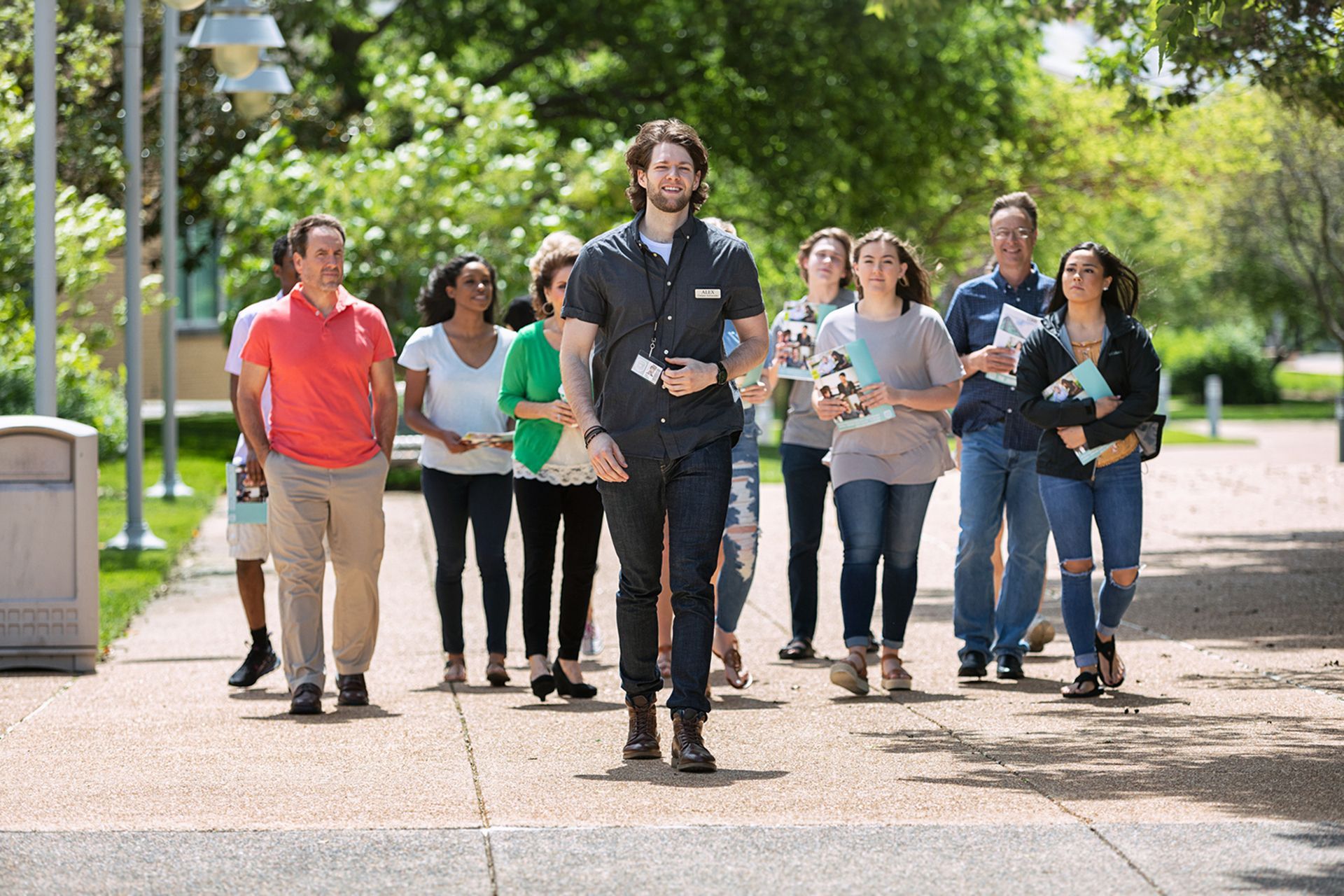Five Reasons You Should Use Cooperative Contracts (& Two Things You May Be Wrong About)
One of the most unique characteristics of higher education is an inherent willingness to collaborate.
Higher ed is an amazingly supportive culture where administrators, academic researchers, scientists and professors learn from and build upon each other’s successes. The same can be said for higher education procurement.
Given the financial pressure today’s higher ed institutions are facing, collaborative purchasing efforts are more important than ever before. Many institutions don’t realize just how much a purchasing cooperative can help with the procurement process.
Cooperatives—community-owned group purchasing organizations (GPOs)—are created to leverage the combined purchasing volume from many different entities, thereby increasing the purchasing power of each individual.
Here are five reasons you should consider using cooperative contracts:
1. Aggregated Spending = Superior Pricing
The sheer volume and purchasing power stemming from the aggregated spending of hundreds or thousands of colleges and universities creates economies of scale that individual institutions would not be able to achieve on their own. Leveraging this aggregate purchasing power allows members to take advantage of superior pricing.
2. Knowledge & Best Practices
We’re seeing a shift in the cooperative focus to encompass not only purchasing power, but also to aggregate knowledge, expertise and best practices, especially regarding methods for reducing costs and identifying essential requirements.
By bringing together subject matter experts from colleges and universities across the country, the cooperative can ensure it is eliciting a broad range of expertise and insight that identifies and sources the optimal solution for its community.
This broader base experience lends itself to the development of RFPs (Requests for Proposals) for the products and services that are most relevant to the membership.
3. Time Savings/Cost Avoidance
An RFP solicitation and its subsequent administration can be an onerous process involving substantial time and costs for all involved. Today’s procurement professionals don’t have the time or the resources to research new product categories, source competitive quotes, and benchmark and negotiate pricing.
These individuals realize tremendous time savings—and cost avoidance—when a contract development process has already been conducted by a cooperative.
4. Strategic Value
By eliminating time spent on more labor-intensive tasks associated with developing an RFP, staff resources can be reallocated to focus on more strategic projects and functions: process improvement, sourcing technology, supply chain optimization, procure to pay speed and simplification, and end-user satisfaction. All these help advance the institution’s mission.
Additionally, these staff are provided with more time to develop the important collaborative relationships that are imperative to a successful organization.
5. Rebates/Refunds
A true member-owned cooperative typically returns any net income/profits to its members in the form of patronage refunds, which are based on a member’s annual purchases. Many times, members also have the opportunity to take advantage of exclusive rebate and incentive programs available through the cooperative’s suppliers.
And here are two common misconceptions to reconsider:
1. I Can Do Better on My Own
Many institutions hold tight to the belief that they can do better on their own, as opposed to utilizing a cooperative’s contracts. It’s an understandable theory, but what we’ve found is that when total cost is taken into consideration, this theory is often disproved. Frequently this misconception comes from flawed benchmarking and comparisons.
You cannot compare a handful of items and accurately judge the value of the entire package. A fairly complex analysis and benchmarking of qualitative and quantitative factors is necessary in order to make that determination.
Additionally, institutions typically do not factor in the opportunity cost of sourcing something on their own versus leveraging work that has already been done by a group purchasing organization.
A cooperative handles every aspect of the contracting process including research, RFP development, and contract management. So there’s really no need for an institution to “reinvent the wheel” in a category that the cooperative has already covered. Why allocate time and resources toward doing what has already been done?
While it may be true that in some cases an institution can find a better price on a particular product by going out on their own, this doesn’t necessarily equal better savings. The price may be lower, but overall, when you consider the total bundle and resources that go into identifying, researching, and procuring that item, and when you quantify what that time is worth, the cost can be quite high.
Price alone is not always an accurate indicator of what something actually costs.
2. I’ll Lose Control of My Relationships With Suppliers
Some institutions think that by working with a cooperative, they will no longer have control of their relationships with suppliers. The truth is actually quite the opposite. By working with a cooperative, an institution is not going to relinquish control at all and, in fact, they usually find that suppliers are even more committed to serving them knowing that they have the backing of a large buying cooperative.
Make no mistake about it, cooperative purchasing is not always the best way to go. Not all products lend themselves to cooperative purchasing, and some things are certainly best bought individually and/or locally. I am certain, however, that cooperative purchasing should be a key part of every college and university’s overall purchasing strategy. It offers opportunities for significant efficiency and savings, and allows us to take advantage of one of our community’s unique values—cooperation.
This article was originally published at Christian Academia Magazine.











